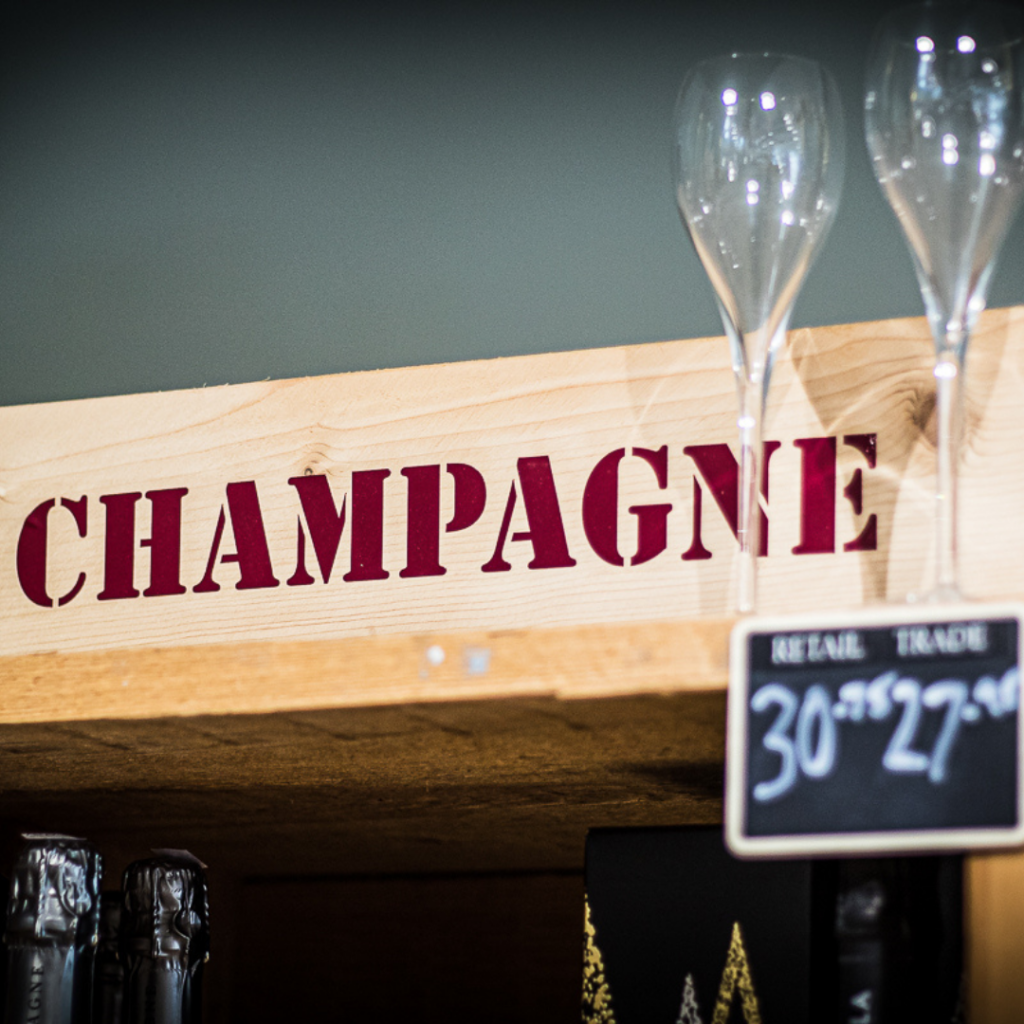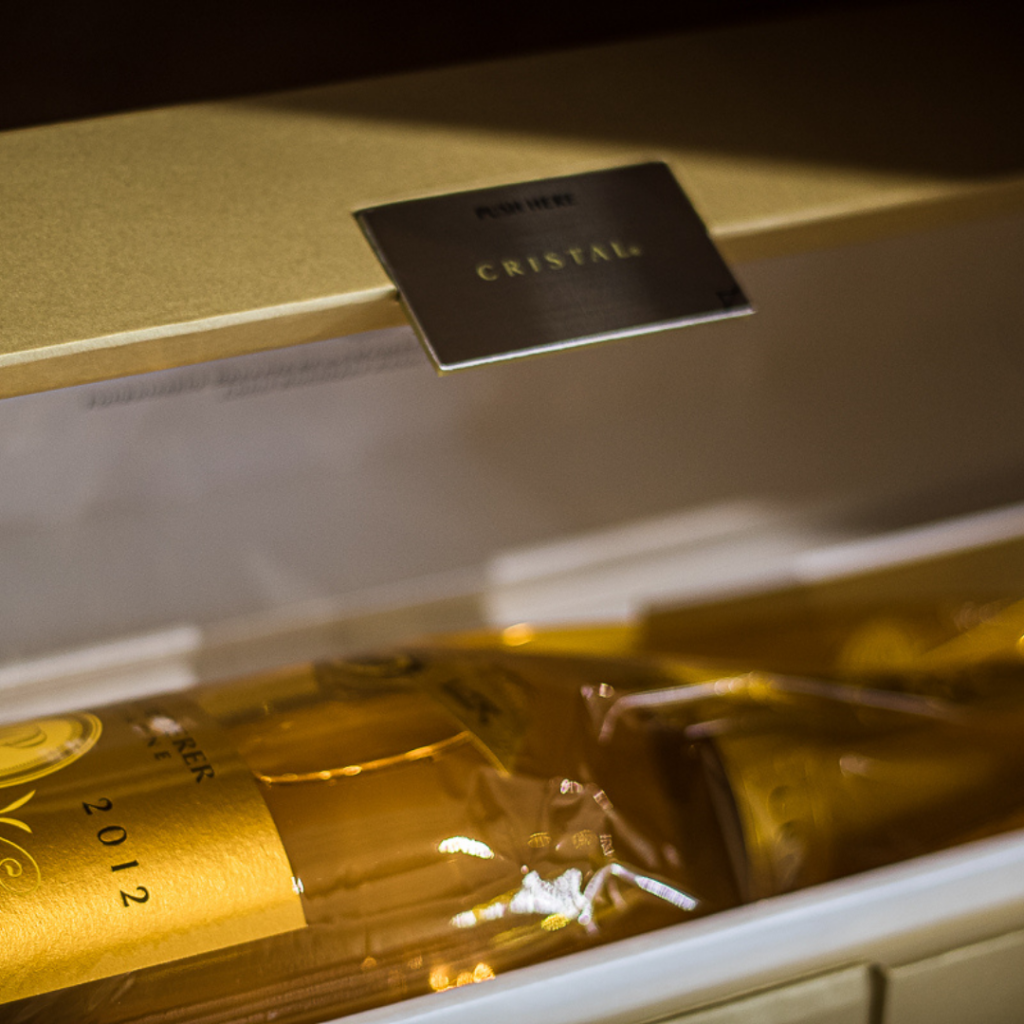Champagne – a historical province in the north east of France, listed as a world heritage site and best known for the production of outstanding sparkling wines. Those who don’t work with wine may fail to understand the fuss about Champagne. Some may say that if you like a wine, why let bubbles interrupt its flavour? In fact, bubbles act as a magnifying glass for imperfections in a wine, so it must be of exceptional quality to become great fizz.
Only grapes grown according to strict rules within the appellation are to be used in the production of Champagne. The primary grape varietals are; Chardonnay, Pinot Noir and Pinot Meunier.
There are so many expressions of this fantastic style that there really is something to suit all palates. We hope that this brief guide helps you find yours.
Blended for consistency, non-vintage Champagnes are carefully controlled and blended with reserve wines to ensure that they taste the same year on year. Therefore, the associations that we have with a particular Champagne brand (or house) are based on this style. Typical flavours include fresh fruit (crisp green apples) and occasional floral characters, held together with lightly yeasty notes such as croissant.


The structure and refreshing acidity of these wines make them great aperitifs that shine alongside canapes, particularly blinis. Champagne is also a great match to fish and chips; the bubbles of the wine go with the bubbly batter and the freshness of the wine stops the fish from being greasy. Sadly, you can’t season the fish and chips with vinegar as this completely dulls your palate (mayonnaise and tartare sauce are other no-no’s).
Rosé Champagne tends to give more fresh cherry and berry flavours and is often less yeasty. The colour derives from the black grape skins and sometimes imparts extra texture. Fresh, fruity and incredibly easy drinking, this style is wonderfully versatile often boasting strawberry and raspberry flavours, which makes for both a great aperitif and digestif.


Where non-vintage Champagne is virtually the same every year, vintage Champagne is designed to be uniquely representative of the stated year. As it is aged for longer the flavours are often much richer and more complex. Stewed fruits are more typical than fresh fruit flavours. Yeasty characters draw from the entire spectrum, from brioche and toast to biscuits and Danish pastry. Demand for the best vintage Champagnes is so high because there is such a limited quantity available and they may never taste the same way again; a tragedy for those who miss out.
Champagne varies in dryness based on something called a “dosage” (a small amount of sweet wine added to the bottle to complete the sparkling wine). Brut is the standard level of dryness most familiar to us. A higher dosage results in a style known as Demi-Sec which is a sweeter style created so that you can drink your favourite Champagne with dessert; if you were to drink Brut Champagne with dessert the flavours would get lost, but with Demi-Sec the sugar levels balance out and the flavours hold up against sweet foods (strawberries being a key exception as they do bring out the flavours in a Brut).


Gremillet Brut Selection NV is served at embassies all over the world and has ranked in Decanter magazine’s best value Champagnes under £40. Fresh floral aromas combine with characteristic sweet brioche overtones, balanced by peach skin and baked biscuit flavours with a crisp citrus finish. This is a great place to start your Champagne journey.
Pierre Mignon Grande Reserve Brut Rose NV is a beautiful coloured rose with delicate red berry fruit on the nose with hints of biscuity complexity. Bright, juicy and creamy on the palate with a core of ripe red fruit and a delicately scented finish. Extremely versatile but particularly exquisite with smoked salmon.


Louis Roederer is responsible for the world-famous Cristal Champagne and usually features in the Top 5 of the “Most Admired Champagne Brands in the World”. At a fraction of the cost is their house vintage style which is less well-known but utterly stunning. Pair with shellfish such as prawns, langoustines or lobster to add to the opulence.
Billecart-Salmon is only sold in the finest wine shops and restaurants in the world. The Demi-Sec is known for having a beautiful pale gold colour and emitting a constant procession of fine, regular and persistent bubbles in the glass. On the nose it is lively with a hint of delicate white flowers which evolve towards aromas of buttered brioche. Full-flavoured with a perfect balance between sugar, alcohol and acidity. Ideal when served with patisseries or chocolate cake.

So, no matter your taste or budget we are confident that there is a Champagne for everyone and for every occasion. These are just a few suggestions to get you started but why not call in to see our full range and let us help you find your ultimate celebration champers.

